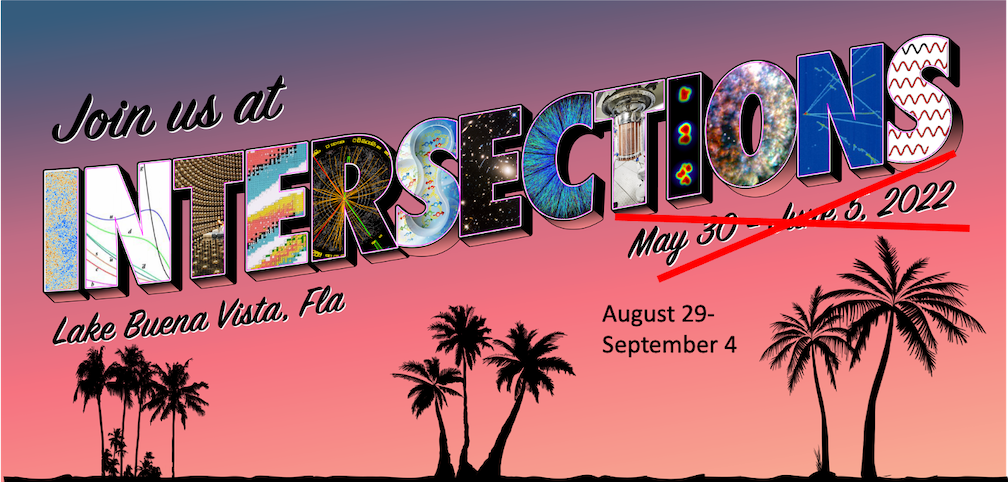Speaker
Description
The development of a TeV-scale muon accelerator and storage ring provides enormous scientific potential not only for a mu+mu- collider, but also for deep inelastic scattering in a completely new regime when a TeV muon beam is collided with a hadron beam. For example, if the approved Electron-Ion Collider at BNL were eventually upgraded with a TeV muon beam replacing its low energy electron ring, a $Q^2$ reach of up to $10^{-6}$ GeV$^2$ is accessible and a parton momentum fraction $x$ down to $1.0\times 10^{-5}$ can be probed. This coverage is equivalent to that of the proposed LHeC, although the facility at BNL offers the additional possibilities of polarized beams to study spin dependencies and a large variety of ion beams. Therefore, such a facility is of great interest to both particle and nuclear physics communities.
We report on studies of the physics potential at such muon-ion colliders that could be realized at the BNL facility as well as at other sites such as the CERN LHC. In particular, we summarize and contrast the kinematics in such high momentum muon-ion collisions with other collider proposals, and discuss the prospects for electroweak and QCD measurements. The sensitivity to very low values of $x$ will allow a careful study of the expected region of gluon saturation in nuclei. We also examine the potential for Higgs boson studies in muon-proton collisions through calculations of the production cross sections for different beam energies and polarizations, as well as show the kinematic distributions of the decay products and of the scattered lepton and parton. Finally, we discuss some detector design considerations and the needed coverage and resolution for measurements. A common feature for the experiments at such a muon-ion collider facility is the need for a forward muon spectrometer.

